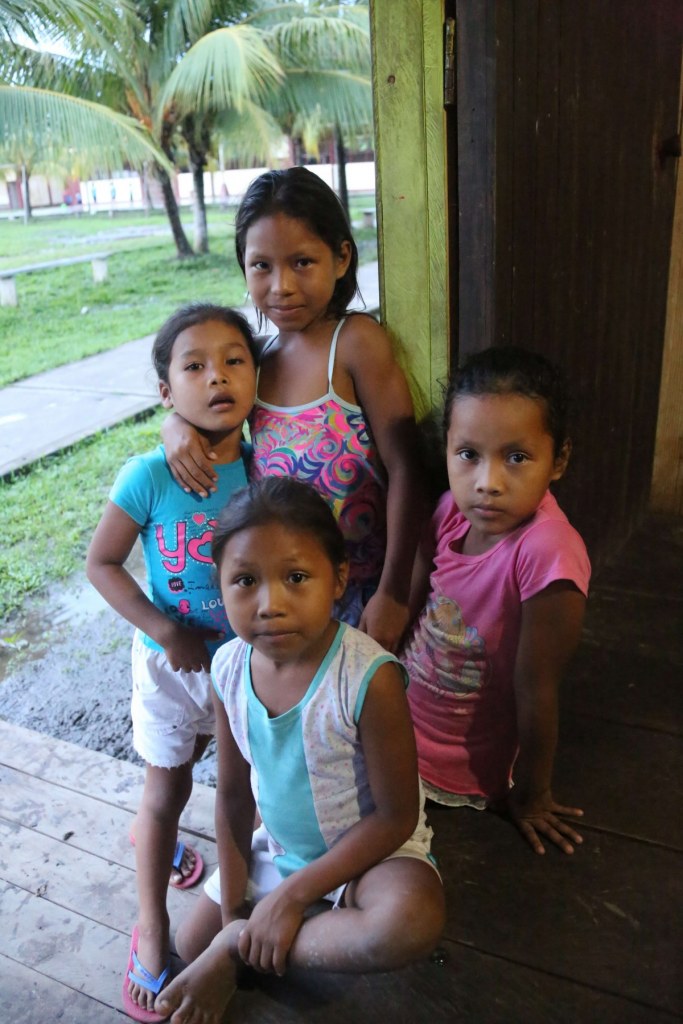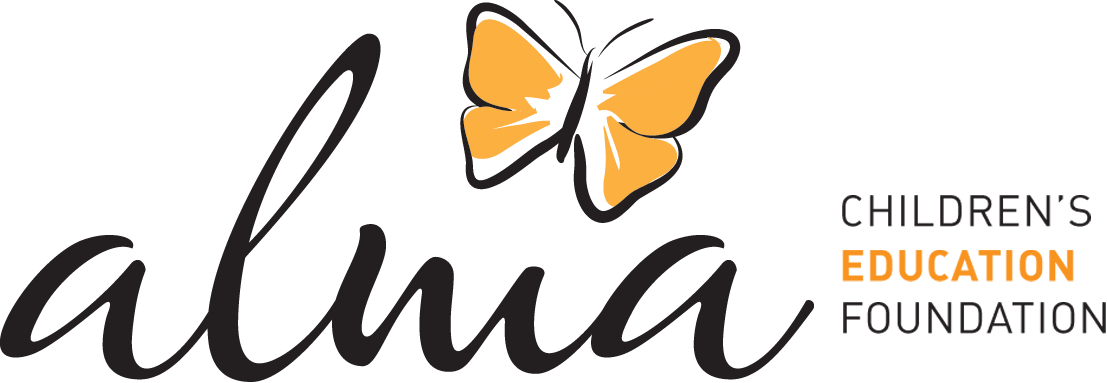
One of the most interesting pieces of using our Alma methodology within the official state curriculum and adapting it to remote and virtual learning has been seeing how many obstacles to distance learning are actually just obstacles to learning exasperated by the distance. We always need to keep students engaged, always need to get parents involved, always need to find creative ways of approaching course content, always need to relate that content to students’ real world, etc. These are pieces of the learning puzzle that we’ve always worked on in our Alma pedagogy. So when a special request came back from teachers using our remote learning proposal in Peru, we jumped at the opportunity.
As always, but now with the current COVID-19 pandemic highlighting it and adding exclamation points, the emotional state of students and their families impacts students’ ability to learn. Students’ engagement, concentration, information retention, resilience, empathy, effort, energy levels, etc. etc. etc. are all impacted by their level of emotional wellbeing. The more positive and stable their emotional state, the better kids (and everyone, really) can learn.
With teachers being in indirect contact through virtual learning or almost completely out of contact with students in rural, remote learning communities, the parents’ and family’s role in students’ education has become even more direct. Many of the teachers we are working with noticed that, while parents are participating in the activities in Alma’s distance learning proposals to different degrees, how they participate has been left unaddressed. A mother may engage in thoughtful questioning around the impact of a secondary character in a short story, but she may also rush her child to answer. A father may look for examples of a mathematical theory in nature but may also grow frustrated with his child for not finding the “correct” answer.
One thing is helping parents to implement learning strategies. Another, and what we’ve been asked to do next, is helping parents create an environment conducive to critical and creative thinking. It is an exciting challenge, especially because curriculums in both Peru and Bolivia are putting extra emphasis on emotional wellbeing in the context of COVID-19. But like the examples above, this work will carry over when students go back to the classroom as well.
